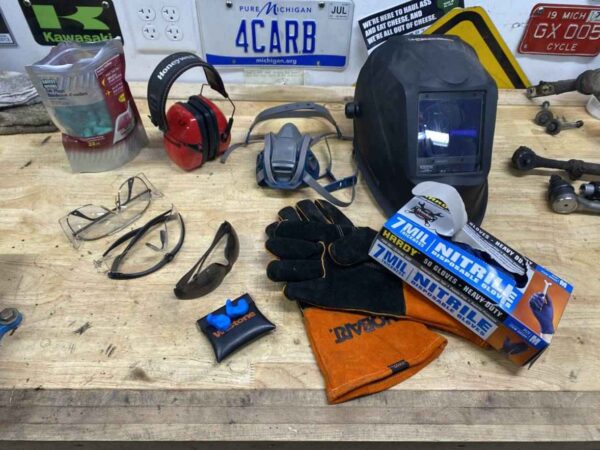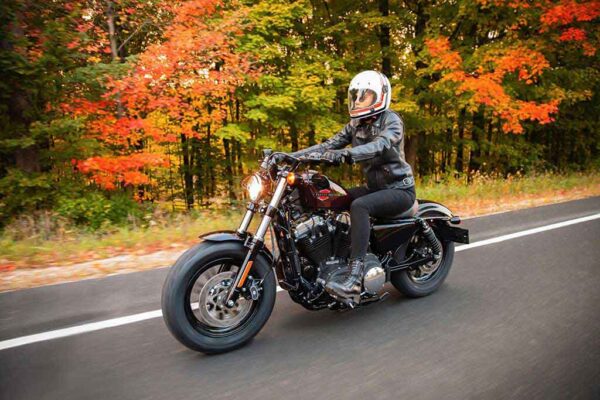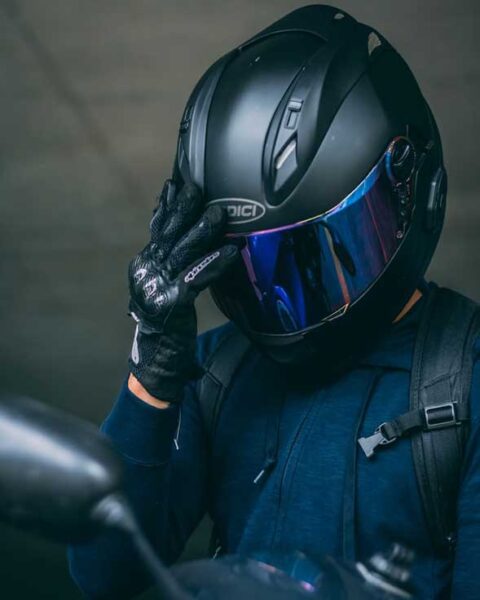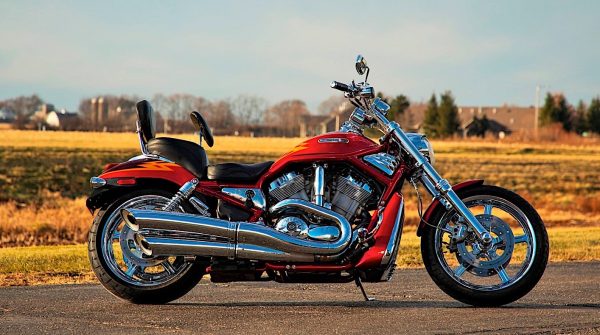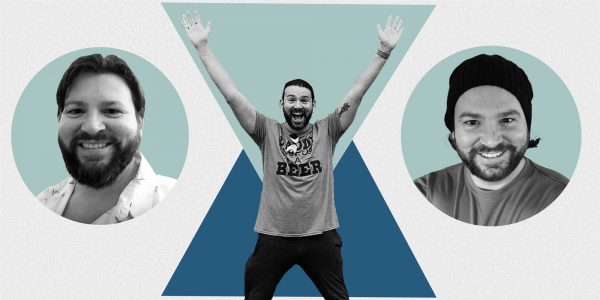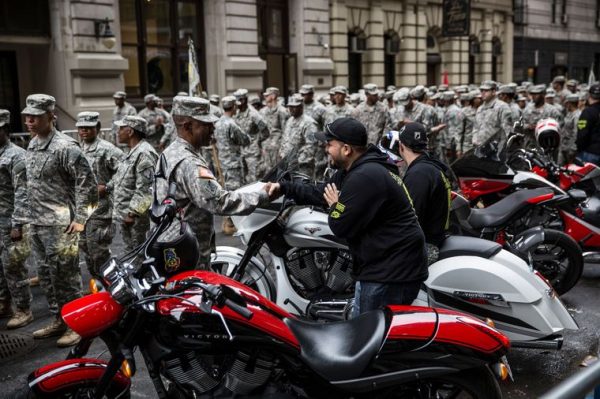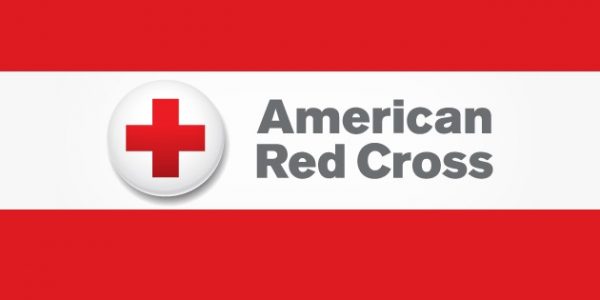by Patrick Filbin from https://www.stripes.com/ (Tribune News Service) — Chris Mathison served three tours in Iraq over a 14-month period. As a U.S. Army infantryman, he was in charge of millions of dollars worth of equipment, led a team of fellow infantrymen and, all things considered, was a soldier who was depended upon and good at his job. When he came back home to Tennessee, he had a hard time adjusting. The Nashville native moved to Cookeville after he got out of the service in 2011 and tried to find a stable job. “I’ve probably been through 10 jobs,” Mathison said. “It’s hard to find something that fits. You don’t feel like you belong, there’s no sense of purpose or belonging.” He went to school and received an associate’s degree, but even school was a tough adjustment. “I remember very fondly when I got out, I was going through a sociology class,” Mathison recalled. “As we were flipping through the book, I found a picture of my unit in Iraq and it just kind of blew my mind.” Mathison, 35, had a whole life behind him that he had a hard time talking about. Not only was the subject matter sensitive, he couldn’t find like-minded people to talk to. As an infantryman, he was surrounded by people who were going through the same things as he was, living through the same experiences. When he came back home, he was taking general education courses with 19-year-olds. “That was interesting,” he said with a smirk. Soon after he got out, Mathison signed up for his first program with the Wounded Warrior Project, the country’s largest veterans charity organization. He enrolled in the organization’s TRACK program, which had a curriculum meant to heal, develop and train the mind, body and spirit of each


